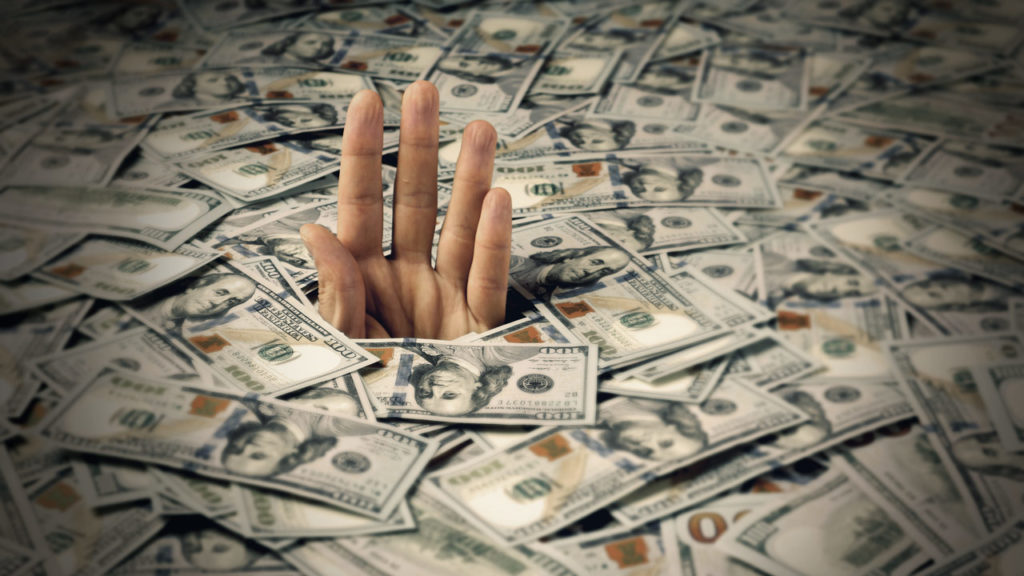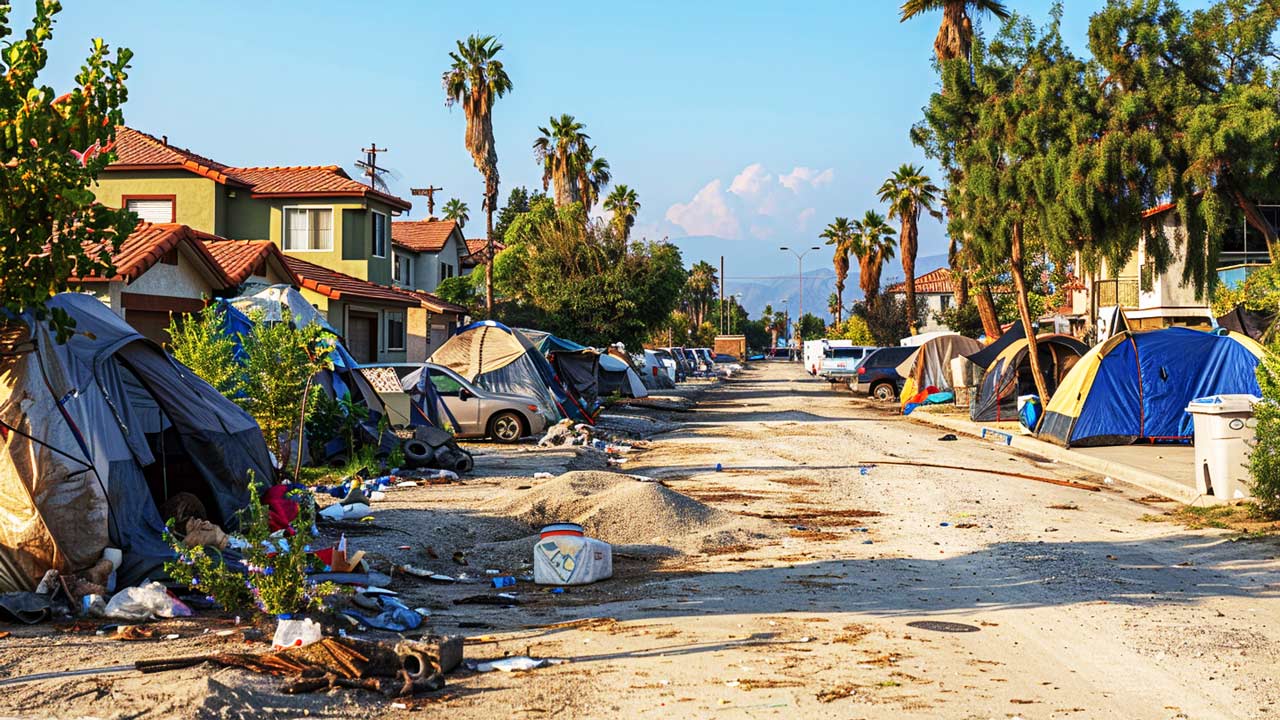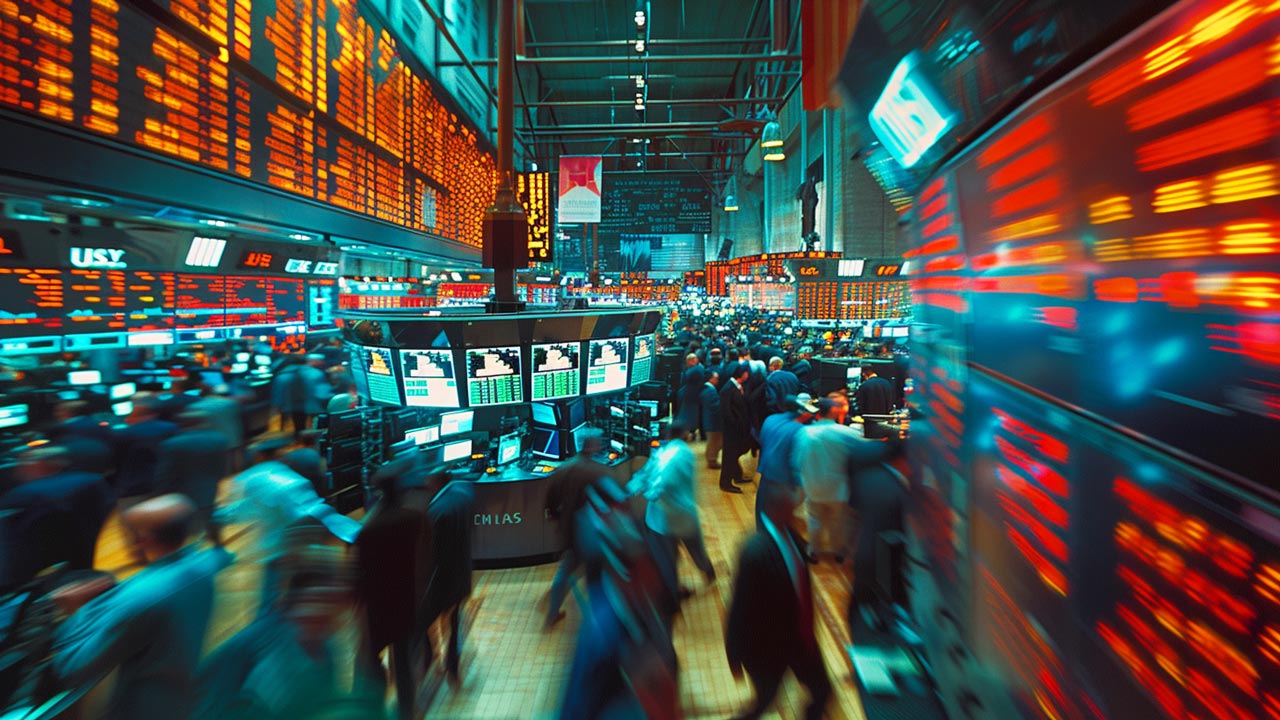Mainstream Suddenly Realizes Raising Interest Rates in a World Buried in Debt Might Be a Problem
The Federal Reserve is talking about raising interest rates. But the US economy is buried under piles of debt. I’ve been asking how this is going to work for months. Apparently, the question has finally occurred to the mainstream.
A CNBC article declared, “Fed rate hikes will intensify a global debt crisis, research warns.”
Well, yeah. Duh.
According to the study came from a UK non-profit the Jubilee Debt Campaign, debt payments rose in developing countries by 120% between 2010 and 2021. They are currently at their highest levels since 2001.
The sharp increase in debt payments is hindering countries’ economic recovery from the pandemic, the report suggested, and rising US and global interest rates in 2022 could exacerbate the problem for many lower income countries.”
The study and the CNBC article are really a pitch for debt cancellation, but their narrative swerves into an unpleasant truth for US policymakers. Raising interest rates in a world awash in red ink is going to be a problem. And not just for “developing countries.”
The US government is closing in fast on $30 trillion in debt with no end to the borrowing and spending in sight. The federal government managed to run a deficit in December despite record receipts.
In December alone, the federal government spent $508 billion. The was the highest December spending level ever. Through the first three months of fiscal 2022, the federal government has already spent $1.43 trillion. That’s a record for the first quarter of any fiscal year.
Raising interest rates will drastically increase the cost of servicing all of that debt. And it will increase the cost of borrowing more money for the Biden spending coming down the pike.
In the fiscal year 2020, Uncle Sam spent $345 billion in net interest payments alone, despite near-zero interest rates. The nonpartisan Committee for a Responsible Federal Budget found that even a 2% increase in interest rates would cause net interest payments to rise to a whopping $750 billion. And this estimate was calculated before the passage of the American Rescue Plan and the Bipartisan Infrastructure Bill. That was followed up with a big surge in interest rates on US Treasuries. In other words, $750 billion underestimates the cost.
On top of that, American consumers are buried under debt. Consumer debt jumped 11% year-on-year in November. It was the biggest single-month jump in consumer debt in 20 years. Total consumer debt now stands at over $4.41 trillion. And that doesn’t include mortgages.
Revolving debt – primarily credit card balances – grew by a staggaring 23.4% year-on-year in November. That was the biggest increase since 1998.
And that’s not all. Businesses and corporations are also leveraged to the hilt. The year 2020 set a record for corporate debt issuance with $2.28 trillion of bonds and loans, comprising both new bonds and bonds issued to refinance existing debt.
All of this debt is a feature of the Fed’s loose monetary policy — not a bug.
The Federal Reserve and the US government have built a post-pandemic “economic recovery” on stimulus and debt. It is predicated on consumers spending stimulus money borrowed and handed out by the federal government or running up their own credit cards.
Now, the Fed is threatening to turn off that easy money spigot. How is that going to work? How will consumers buried under more than $1 trillion in credit card debt pay those balances down with interest rates rising? With rising rates, minimum payments will rise. It will cost more just to pay the interest on the outstanding balances.
Overleveraged companies have the same problem.
And so does the US government.
This does not bode well for an economy that depends on borrowing and spending to sustain itself.
The only reason Americans can borrow money is because the Fed is enabling them. It holds interest rates artificially low. That’s how the economy works. And that’s why I think the Fed will ultimately relent on any move it makes toward tighter monetary policy. As Peter Schiff put it, the Fed can’t do what it’s claiming it will do.





 Cocoa prices have dumped since rocketing to a dramatic peak last month as an El Nino cycle winds down and traders rush out of the illiquid market. For now, depreciating fiat currencies are still keeping the cocoa price still far above its 2023 levels. Coffee has had a similar rise and subsequent correction — but now, inflation and other factors are conspiring to […]
Cocoa prices have dumped since rocketing to a dramatic peak last month as an El Nino cycle winds down and traders rush out of the illiquid market. For now, depreciating fiat currencies are still keeping the cocoa price still far above its 2023 levels. Coffee has had a similar rise and subsequent correction — but now, inflation and other factors are conspiring to […] California’s government bet that they knew better than the free market. And now millions are paying the price. The story begins in 1919, when the city of Berkley, California instituted legislation setting aside districts that would only allow the construction of single-family housing. The idea spread, and soon much of California’s urban areas had adopted the zoning policy. Today, approximately 40% of the total land in Los Angeles is […]
California’s government bet that they knew better than the free market. And now millions are paying the price. The story begins in 1919, when the city of Berkley, California instituted legislation setting aside districts that would only allow the construction of single-family housing. The idea spread, and soon much of California’s urban areas had adopted the zoning policy. Today, approximately 40% of the total land in Los Angeles is […] The yen was once known as a safe-haven currency for investors to protect themselves when broader markets are shaky or other currencies are dropping, but those days are numbered. A stable government and consistent (and low) interest rates have been some of the driving factors, but it’s the unwinding of that ultra-low interest rate policy that will be the yen’s “safe […]
The yen was once known as a safe-haven currency for investors to protect themselves when broader markets are shaky or other currencies are dropping, but those days are numbered. A stable government and consistent (and low) interest rates have been some of the driving factors, but it’s the unwinding of that ultra-low interest rate policy that will be the yen’s “safe […] Whenever an election year rolls around, domestic manufacturing becomes a more central theme of discussion. Candidates from both sides, who seem to disagree on almost everything else, never waver in their commitment to auto manufacturers in Detroit and the steel industry. Republicans and Democrats never forget to remind the American public that they will try […]
Whenever an election year rolls around, domestic manufacturing becomes a more central theme of discussion. Candidates from both sides, who seem to disagree on almost everything else, never waver in their commitment to auto manufacturers in Detroit and the steel industry. Republicans and Democrats never forget to remind the American public that they will try […] The wizards at the Fed and US Treasury have been forced to acknowledge that their “transitory,” inflation is, in fact, quite “sticky.” And with the inflation elephant now acknowledged by the circus of high finance, Treasury yields keep inching up, recently reaching 4.7% — the highest since November. The Fed is stuck: It needs to raise interest rates to tame inflation and […]
The wizards at the Fed and US Treasury have been forced to acknowledge that their “transitory,” inflation is, in fact, quite “sticky.” And with the inflation elephant now acknowledged by the circus of high finance, Treasury yields keep inching up, recently reaching 4.7% — the highest since November. The Fed is stuck: It needs to raise interest rates to tame inflation and […]